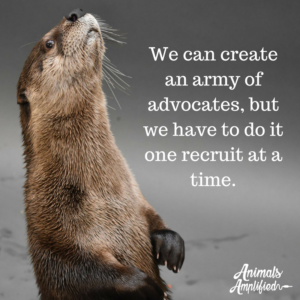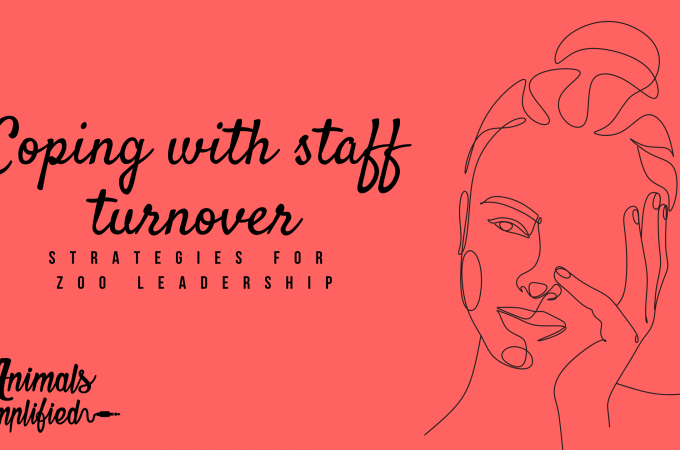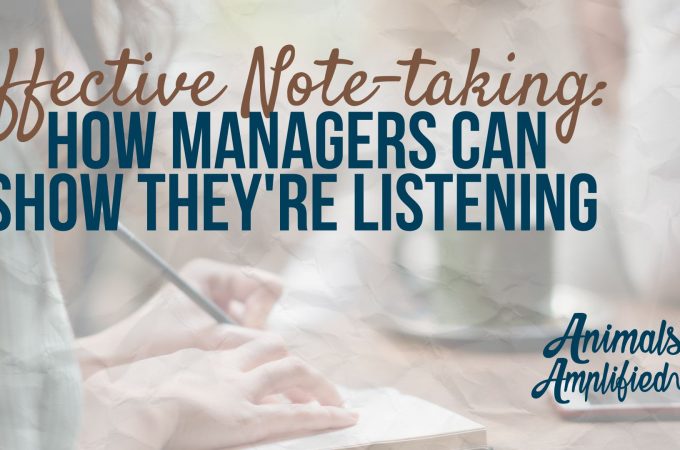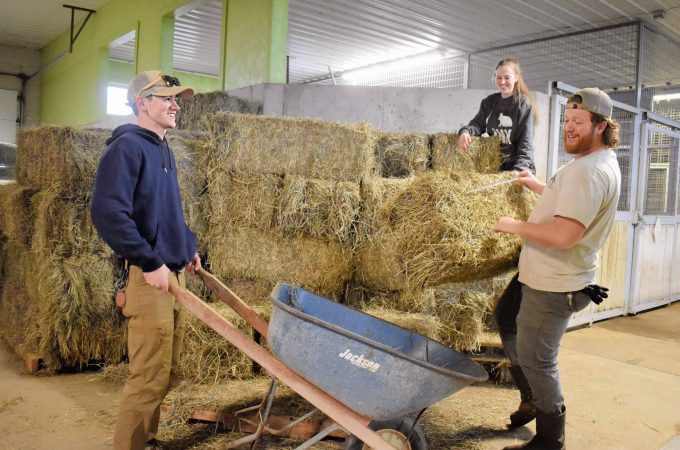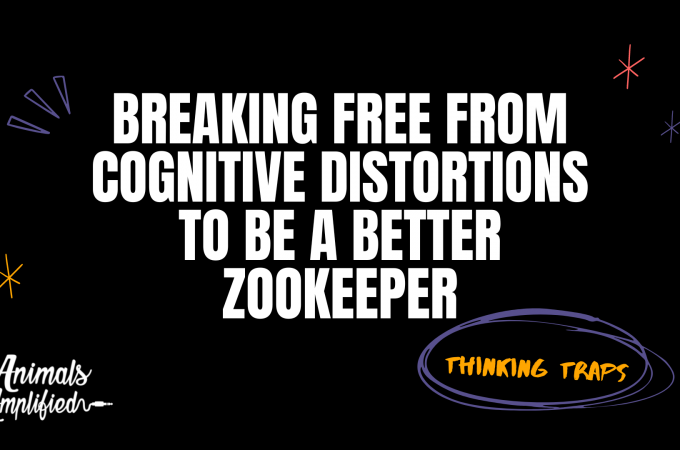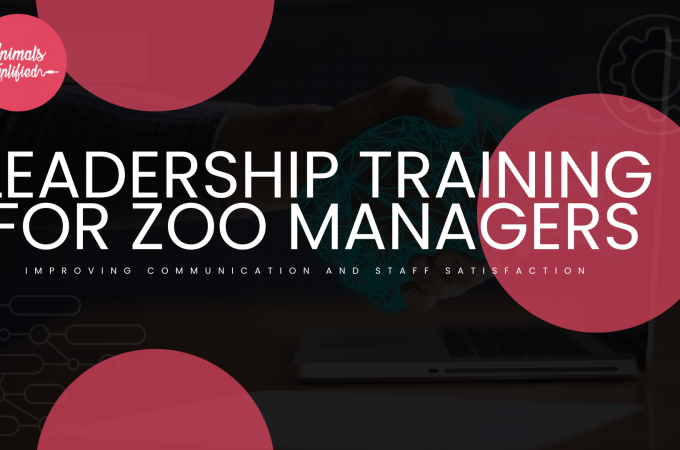
Creating an army of advocates
Edu-tainment is a word that makes some people cringe. Circuses and for profit animal companies get a lot of flack if there is too much entertainment and not enough education. In fact, many cities are passing laws banning the use of exotic animals in entertainment. Personally, I think this is a dangerous choice.
In a world where the average joe doesn’t know the difference between a tiger and a lion, we need to think about our audience. I’ve had many jobs in my past that I struggled to find an educational value in. Once we were hired by a tourism company to promote an upcoming golf tournament that was happening in Melbourne, Australia. They created a set backdrop in the entrance tent of a major golf tournament and decorated it with the scenery of Melbourne.
The highlight was five kangaroo and wallaby joeys that people could hold and get their photographs with. They took home a photo that could set on their mantle to remind them to plan their trip to Melbourne in two years.
For 12 hours each day, my team and I, alternated joeys throughout the day so they could rest, eat, and do other joey things. We talked to thousands of people. We talked about how cute they were, if they liked to be cuddled, and what it was like to have one in your house. We talked about embryonic diapause, marsupial reproduction, herbivore diet, and more. We didn’t meet a single person who had ever seen a kangroo joey before. Not a single one. One lady even said, “Oh dear, she’s been holding that giraffe all day.”
I like to think about education and conservation like the marketing funnel.
First, you have your lead generation where you create awareness about your brand. For those of us in the education world, we’re hoping to catch people’s attention here and get them interested. We can do this with commercials, ads, billboards, ambassador animals, cute videos, social media, etc. What we say to the average person here is, “Look at this animal! Isn’t it cute/cool/interesting/worth your time?”
The second part of the funnel is the lead nurturing section of the funnel. Here, you generate interest in your brand, help the consumer consider purchasing your product, and transition the consumer into your customer. For us, this is where we start sharing some information about the animal and its plight in the wild. Here, we’re helping people find a “favorite” animal and gain some passion about that animal’s cause.
Finally, you need to make a sale. In order to do that, you have to take the intent to purchase, prove your product is the best, and complete the sales transaction. This is where we can call people to action! We tell them how they can help and what specifically they can do.
Simple right? Tell them what it is, where it lives, why they should care about it, and how they can help! Here’s the challenging part. We’re all different and that means it takes a different amount of time and effort for each of us to move through that funnel.

Some people might have to visit your facility 100 times before they can remember what an okapi is and why they should care. Some people might sign up on day one to do a river clean up and help you save the world.
The point is, don’t be afraid to reach people in whatever way works for them and for you. We can create an army of advocates, but we have to do it one recruit at a time.
